When it comes to choosing the best leggings for comfort, style, and performance, one of the most important factors to consider is the material. Cotton leggings and synthetic leggings each offer their own set of benefits, but when it comes to skin health and comfort, the fabric you choose can make a significant difference. If you’re wondering which is better for your skin, let’s break down the key differences between cotton and synthetic leggings, and how each material affects your skin.
Cotton Leggings: Soft, Breathable, and Gentle on the Skin
Cotton is a natural fiber that is known for its softness and breathability. When it comes to leggings, cotton provides several benefits, particularly for those with sensitive skin. Here’s why cotton leggings might be a better option for your skin:
1. Breathability and Moisture Absorption
Cotton is a highly breathable fabric that allows air to circulate around your skin, which helps to keep you cool and dry. It is also a great moisture-wicking fabric, absorbing sweat and preventing it from sitting on your skin. This can be especially beneficial during physical activities like yoga, pilates, or just running errands on a hot day. By absorbing moisture, cotton helps reduce the risk of skin irritation and chafing, keeping you more comfortable throughout the day.
2. Gentle on Sensitive Skin
One of the biggest advantages of cotton leggings is that they are naturally soft and gentle on the skin. For those with skin conditions such as eczema, psoriasis, or other sensitivities, cotton is often a much better option compared to synthetic materials. The softness of cotton reduces the chances of irritation, itching, or rashes, making it an ideal choice for anyone prone to skin irritation.
3. Hypoallergenic Properties
Cotton is naturally hypoallergenic, meaning it’s less likely to cause allergic reactions or skin sensitivities. This is a crucial consideration for individuals with sensitive skin or allergies to synthetic fibers. The absence of harsh chemicals or dyes in cotton fabrics ensures that your skin remains calm and irritation-free.
4. Eco-Friendly Choice
Since cotton is a natural, biodegradable material, it’s also an environmentally friendly option. Choosing organic cotton leggings, which are grown without harmful pesticides and chemicals, can be even better for both your skin and the planet.
5. Durability and Comfort
Cotton leggings tend to get softer with each wash, becoming more comfortable over time. While they may not have the same degree of stretch or shape retention as synthetic fabrics, they offer long-lasting comfort and softness that won’t irritate your skin.
Synthetic Leggings: Durability, Stretch, but Potential Skin Concerns
Synthetic leggings, often made from fabrics like polyester, nylon, or spandex, have become incredibly popular due to their flexibility, durability, and moisture-wicking properties. These materials have some unique advantages, but they also come with considerations when it comes to skin health:
1. Moisture-Wicking but May Cause Build-Up
Synthetic fabrics, particularly those used in leggings, are designed to wick moisture away from the skin, similar to cotton. However, unlike cotton, which absorbs moisture, synthetic fabrics pull sweat away and trap it in the fabric. This may seem beneficial at first, but if you wear synthetic leggings for extended periods without changing, the moisture can create a breeding ground for bacteria, leading to body odor or skin irritation. In hot weather, this can result in an uncomfortable, sticky feeling, especially if the material doesn’t breathe as well as cotton.
2. Tighter Fit and Greater Stretch
Synthetic leggings are known for their high stretchability, which provides a form-fitting, flattering look. The elasticity in materials like spandex and nylon allows these leggings to move with your body, providing excellent support during workouts. While this stretch is great for performance, it can sometimes lead to increased friction and heat, which may irritate sensitive skin. The tightness and lack of breathability can also trap sweat against the skin, potentially leading to acne or heat rashes in areas like the waistband or inner thighs.
3. Potential for Skin Sensitivity
For individuals with very sensitive skin, synthetic fabrics can sometimes cause irritation. These materials are often treated with chemicals, dyes, or finishes that can trigger allergic reactions or cause discomfort. In some cases, synthetic fibers may not allow the skin to breathe as freely as cotton, which can lead to increased sweating and moisture build-up, potentially causing rashes or itching. While synthetic leggings can be comfortable and durable, they may not be the best choice for people with eczema, psoriasis, or other skin conditions.
4. Long-Lasting and Quick-Drying
On the positive side, synthetic fabrics tend to dry much faster than cotton. If you’re someone who enjoys intense workouts or needs leggings that can dry quickly after being washed, synthetic leggings are a great option. These materials are also known for their durability and ability to maintain their shape after repeated use and washing. However, the durability may come at the cost of comfort, especially if you’re wearing them for long periods or in hotter weather.
5. Less Eco-Friendly
One of the drawbacks of synthetic leggings is that they are made from petroleum-based materials, making them less eco-friendly compared to natural fibers like cotton. While they are durable and last a long time, synthetic leggings contribute to environmental pollution, especially when disposed of, as they do not decompose like cotton. Additionally, they often require more energy to produce.
Which Is Better for Your Skin?
When to Choose Cotton Leggings
- Sensitive Skin: If you have sensitive skin or conditions like eczema, cotton leggings are the safer, more comfortable choice.
- Breathability: If you’re looking for a breathable, moisture-absorbing fabric, cotton is ideal for keeping your skin cool and dry.
- Casual Wear: Cotton leggings are perfect for everyday wear or light workouts, especially in cooler weather.
- Eco-Conscious: If you’re looking for an environmentally friendly option, organic cotton leggings are a great sustainable choice.
When to Choose Synthetic Leggings
- High-Performance Activities: Synthetic leggings, particularly those with spandex or nylon, offer superior stretch and support, making them ideal for high-impact workouts or sports.
- Durability and Shape Retention: Synthetic fabrics are often more durable and maintain their shape better after repeated washes.
- Quick-Drying Needs: If you’re looking for leggings that dry quickly after intense sweat or exercise, synthetic fabrics are the way to go.
- Fashion Forward: Synthetic leggings often have a sleeker, shinier appearance, which makes them popular for fashion-forward outfits and athleisure.
Conclusion
Both cotton and synthetic leggings offer unique benefits, but when it comes to skin comfort, cotton is generally the better option for sensitive skin. It’s breathable, soft, and hypoallergenic, making it a great choice for everyday wear or light activities. On the other hand, synthetic leggings excel in durability, flexibility, and performance during intense workouts but may not be as gentle on the skin. Ultimately, your choice depends on your skin type, activity level, and personal preferences. For comfort and skin health, cotton leggings are the clear winner, but for performance and long-lasting durability, synthetic leggings hold their own.
-
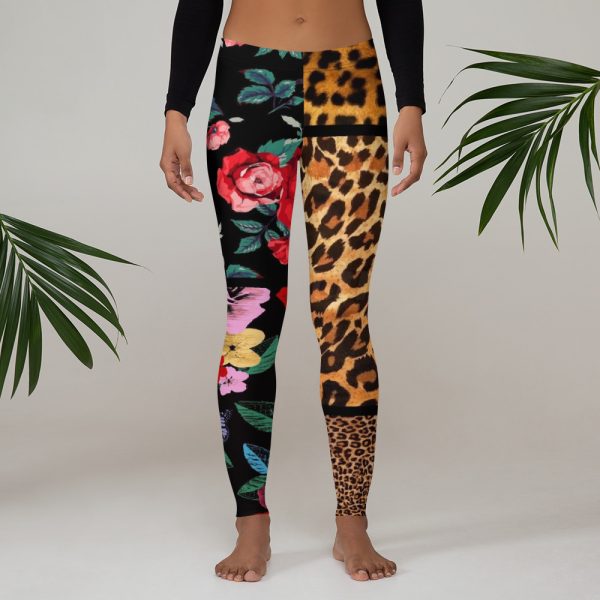 Designer Leggings Black Floral Leopard Animal Print$81
Designer Leggings Black Floral Leopard Animal Print$81 -
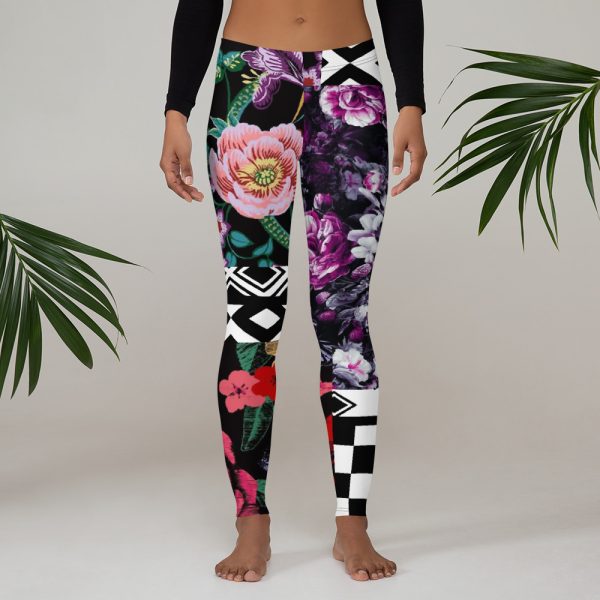 Leggings Black Floral Purple Red White Checkered$81
Leggings Black Floral Purple Red White Checkered$81 -
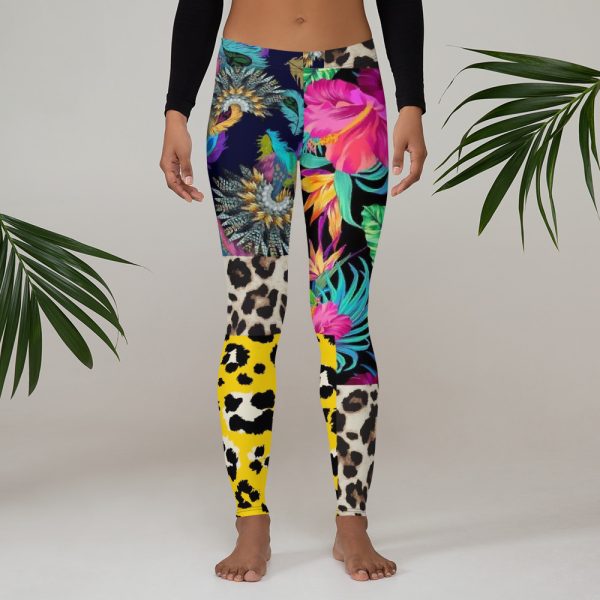 Leggings Floral Black Yellow Green Leopard Animal Print$81
Leggings Floral Black Yellow Green Leopard Animal Print$81 -
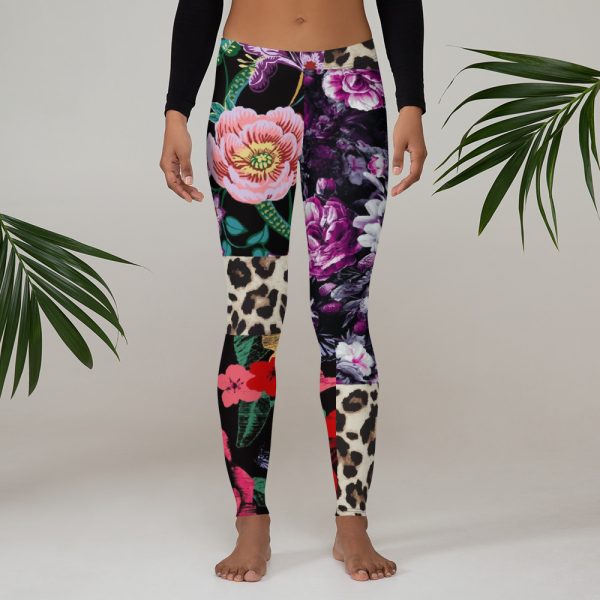 Leggings Floral Black Purple Red Leopard Animal Print$81
Leggings Floral Black Purple Red Leopard Animal Print$81 -
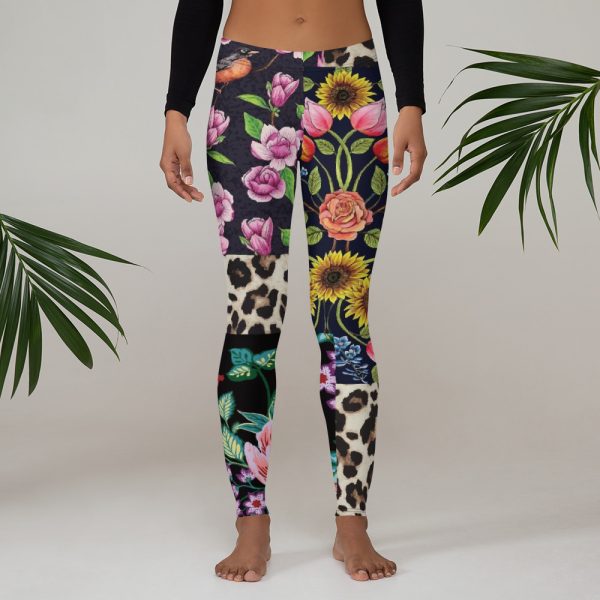 Leggings Floral Black Green Purple Leopard Animal Print$81
Leggings Floral Black Green Purple Leopard Animal Print$81 -
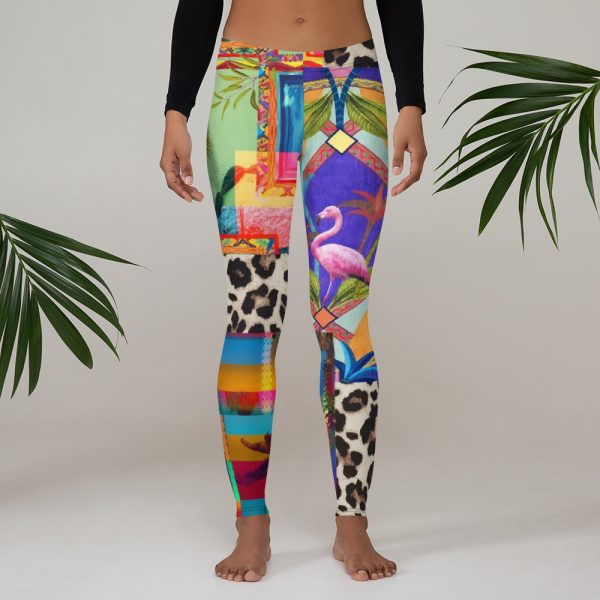 Leggings Floral Rainbow Green Green Purple Leopard Animal Print$81
Leggings Floral Rainbow Green Green Purple Leopard Animal Print$81 -
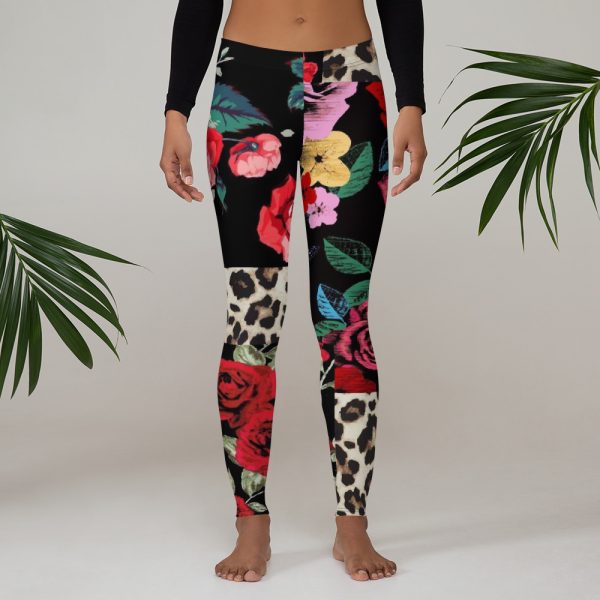 Leggings Floral Black Red Leopard Animal Print$81
Leggings Floral Black Red Leopard Animal Print$81 -
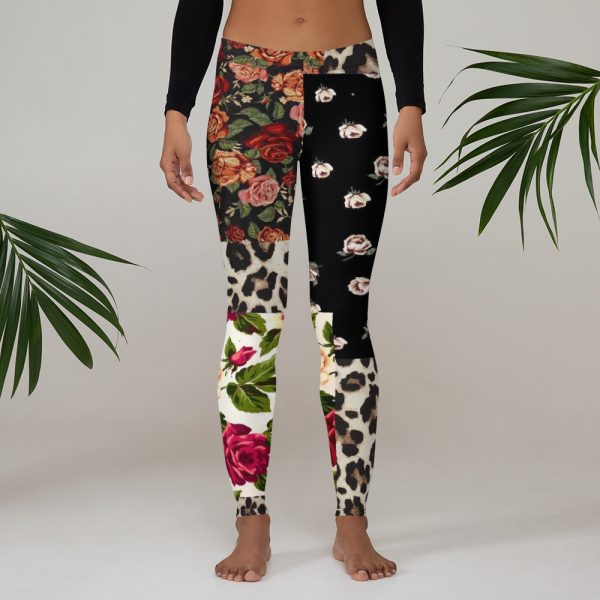 Leggings Floral Black White Brown Leopard Animal Print$81
Leggings Floral Black White Brown Leopard Animal Print$81 -
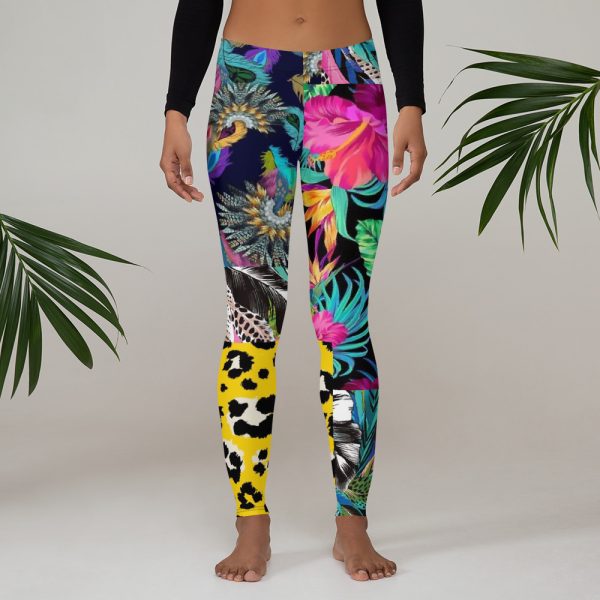 Leggings Floral Black Yellow Green$81
Leggings Floral Black Yellow Green$81